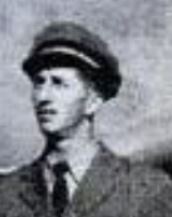Thomas Cowart. From farm boy…WWII flight engineer…Veterans Air international crew member…to “service” of a different kind.
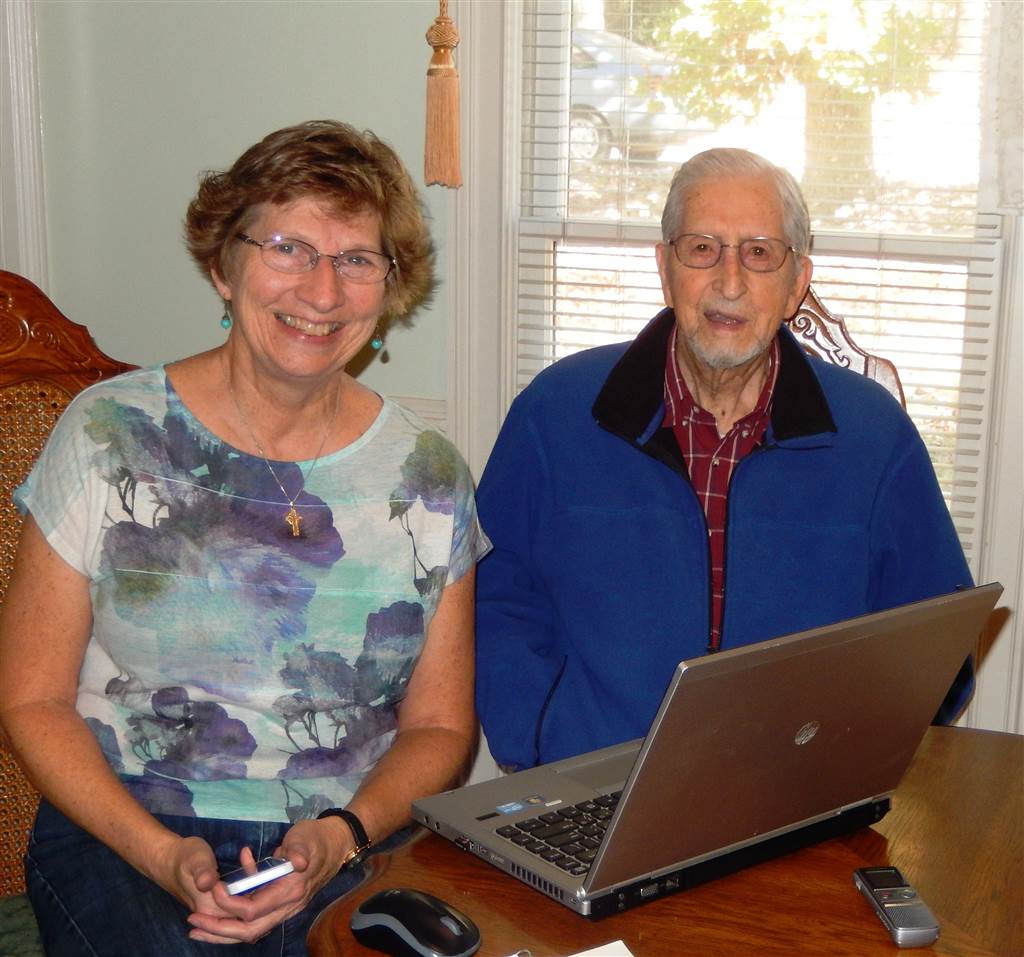
I heard all of the following story directly from Veterans Air Express Flight Engineer Thomas Cowart. We met face-to-face over two days in his home state of South Carolina last month (November, 2015). Thomas and his two daughters, Angie & Joy, extended warm Southern hospitality with stories and laughter and hugs all-around. Since then, Thomas and I have been on the phone at least twice and added to both his story and our growing friendship. Pinch me!
Gaye Lyn
“Army Air Corps decided I’d make a fine aircraft mechanic…
Thomas E Cowart
In the ‘20’s and ‘30’s, I lived on a family farm. Worked on the farm by the time I turned thirteen. Sometimes I fixed things that broke. (He laughed.) So, I guess I’m not too surprised that my Army Air Corps induction tests in 1942 showed me having mechanical skills.
They turned me into an aircraft mechanic. And, after that, I became a flight engineer and attained flight status. Flew the world — around the world, actually — with a Air Transport group. Mostly piloted by Captain Cooper Walker. Wasn’t long before I realized my assignments were not luck of the draw. Walker was allowed to select his own crew and he kept picking me. I reckon he liked the way I did my job.
(So much so, Dear Reader, that, at the end of WWII, when Walker and Cowart mustered out of service together, Captain Walker suggested that both Cowart and their radio operator apply where he himself had already procured an unusual civilian flying job with a good-sounding group of ex-GIs based at Newark Air Depot.
And so it came to be that Thomas flew thousands of miles more with Captain Walker. Together to Prague and Warsaw and Athens. Under contract with the United National Relief and Rehabilitation Administration, UNRRA. In the DC-4’s of Veterans Air Line!
For us to understand the unlikelihood of Thomas’ life to this point – and beyond – he would like to give us some background.)
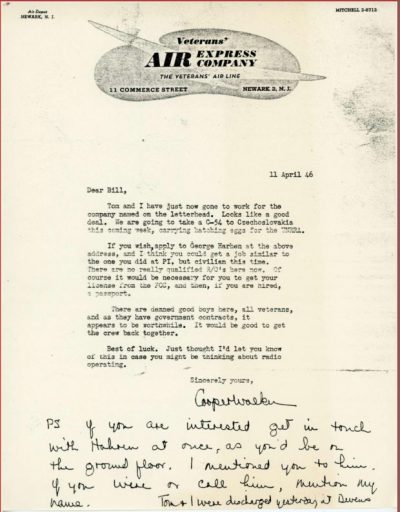
Thomas, please continue. You have our undivided attention…
When I was fifteen, a minister prophesied my future…
Thomas E Cowart
“You’re going to be a missionary when you grow up.”
A minister visiting my Dad when I was fifteen years old prophesied my future. He turned to me and said, “You’re going to be a missionary when you grow up.” The thought had never occurred to me. And his matter-of-fact comment neither scared me nor disappointed me nor excited me. But his words did put it in my heart. Without knowing it then, it was the first of many times God would work things out in my life.
You see, I only went through 7th grade. And then I didn’t go to school for several years. Except I did go to 8th grade twice. But only during the winter months when I wasn’t needed to work the farm. By 1942, I had only progressed to the 11th grade. So what unfolded was highly unlikely for a farm boy from a poor family.
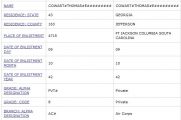
In October of ’42, at age 21, I got a letter inviting me to join the Army. But God suggested a different plan. He told me to “go volunteer for the Army Air Corps.” I’d never heard of it. Didn’t know what it was. But I left school on October 8th and on October 9th, just a few days before my draft date, I enlisted at Fort Jackson in Columbia, SC. I became a Private in the Army Air Corps. Following God’s direction changed my life. It wouldn’t be the last time.
Flight status opens the world.
Getting flight status was how I met up with Captain Walker in service. And it meant anytime the planes flew, I was part of a 3-man crew. Pilot. Co-pilot. And Flight Engineer – me! All over the U.S. — Alabama, Mississippi, California, Utah, 40 days in Hollywood, Florida, 25 days in Kansas City. Taking classes. Training on military activities. Learning about the aircraft.
Then our Air Transport group began to fly supplies and cargo overseas. So we added a radio operator and navigator. A flight attendant when we had passengers. And a nurse joined the crew when we brought injured servicemen back to the States from Europe.
Japan, India, China…
In August 1945, after the war was over in the Pacific, we were held over. Got shipped to California to continue flying Air Transport — to Japan, India, China, along the Pacific Coast. While we were in India, I told myself I never wanted to come back here. Ever!
(Now it is my turn to laugh. Because from our conversations, I know the rest of Thomas’ story about India. Never say never, I comment. And he laughs. But that comes later in his story…after he “flight engineered” for Veterans.)
So when Captain Morgan got a chance to fly transport again over international routes, he jumped at it. He not only recruited me for Veterans, he tried to recruit, Bill, our radio operator from Kentucky. But Bill was glad to get out of service and go home to his family and kids. He didn’t want that kind of life. But Captain Walker and I did.
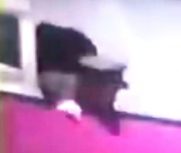
Prague was our first UNRRA flight for Veterans in mid-April 1946. Shortly before the flight (16 April 1946), our DC-4 got christened at Newark by a Czech opera star, Jarmila Novotna. I got a kick out of the photo you showed me of Captain Walker hanging out the cockpit window giving Miss Novotna a hug & kiss. I didn’t get to attend the celebration. So I wasn’t in any of the photographs. I was checking out the plane, making sure it would fly. But Captain Walker? Sure, he went!
(Again, Thomas laughs good-naturedly. He does that a lot.)
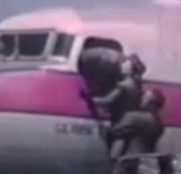
Prague, Warsaw, Athens – in the DC-4’s of Veterans Air Line
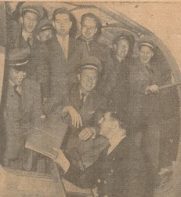
We also crewed a second Prague flight in early May. And took the DC-4 to Warsaw in late May. In between, another Veterans crew had flown the same aircraft on her first flight to Warsaw.
(History was being made here. Thomas’ first flight for Veterans was the first commercial flight permitted behind the Iron Curtain. And the early-May 1946 flight to Warsaw piloted by William Jakeman and Co-pilot Jack Stettner was the first civilian flight allowed to land in that war-torn city. That first Warsaw flight required an over-flight permit from the Russians!)

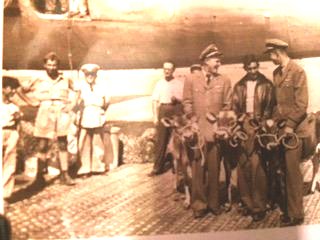
My last flight for Veterans was to Athens. That was the one where we had three baby cattle on board. I never saw how they loaded them except in the photo you showed me.
I wasn’t part of the big publicity. Probably because I was on the other side of the aircraft, or inside, doing my inspection, making sure she’d fly. I’m surprised, though, that they weren’t in crates.
Borden also brought Elsie, the cow. She stood by the aircraft while all this was going on. I did meet a young boy about 16 years old who went with us on the trip. That looks like him in the photo. He was Greek.
On the way home, our customary refueling layover was Santa Maria (a Portuguese island) in the Azores. Our #3 engine was not running properly. So that night by myself, I removed the cowlings and replaced all the spark plugs on the 18-cylinder engine.
Some more background…
(Couple things here. This is the publicity “loading” photo Thomas is referring to. Full story here. However, Elsie being part of the show was great, fun news to me. I’m hoping that Dick Broughton [proclaimed shutter bug by his sons Craig and Bob] memorialized the event. Dick flew as 1st Officer on the Athens trip.
Ed Martz, Navigator on the flight, will tell us more about the young Greek boy. But his name appears on their manifest, Constantine J. Keloss, age 17, listed as Handler.
As for an engine problem in the Azores, Ed Martz also tells about a mechanical problem in the Azores. However, he recalls an “engine swap” courtesy of the Navy. While both Thomas and Ed (and Dick Broughton) were crew members for three other UN flights, Ed was not on the Athens crew. So his description is of a different engine incident. One still-missing manifest might help reveal Ed’s flight with the engine swap…plus we would learn which Flight Engineer officiated. We do know Thomas did not crew that flight. More research to come.)
Sorry for the interruption, Thomas. Please, continue…
When I got back from Athens on 9 September 1946, it seemed apparent to me there was nothing much else going to happen at Veterans. They had filled a need in a void – Vets needed a job, the military had aircraft available, they get a government contract, and found businesses that needed cargo flights. But seemed like they didn’t have enough money. So I left for South Carolina and enrolled in college. That was the end of aviation for me.
…and, for today Dear Reader, this is a pause in Thomas’ story. There’s much more to tell…including about his “…service of a different kind.” But I’m so late in bringing you at least a portion of Ed Martz’s story. And Dick Broughton’s. And John Greenleaf. And Fred Foster. And more. So, thanks for dropping in and please come back. Gaye Lyn

